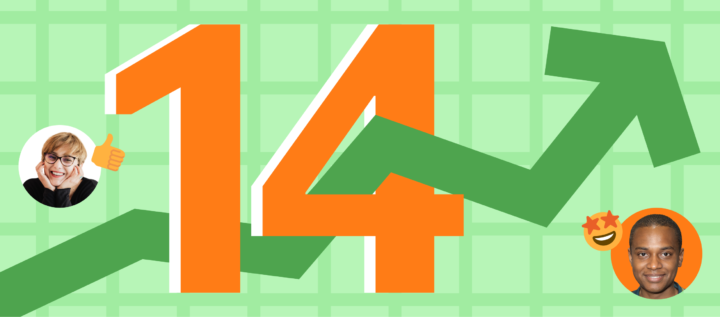STP marketing segmentation targeting and positioning process

Do you know the secret behind the success of Apple, Nike, BMW, Arbnb? It is a perfect mixture of the market segmentation positioning and targeting. STP businesses definitely know your needs and give it to you.
That’s why when browsing through their websites, magic happens, and in 1-2 minutes, you see product recommendations that perfectly match your preferences and tastes.
That is the wizardry of STP marketing at work.
In fact, by segmenting customers into athletes, fitness enthusiasts, and casual sneaker lovers, Nike achieved +20% revenue growth, +30% CR, and established a strong brand identity within each targeting segment.
It sounds easy. But does it really so?
Based on the 7-years of practice in STP marketing, we at Dashly definitely can say — it’s not.
In this article, you’ll find out what an STP is, the best examples of how it works, and a step-by-step strategy for STP marketing implementation for your business.
18 business growth experts you should follow this year

What are Growth Loops? How It Can Scale Your Company

Product Led Growth Marketing: hack your product growth

What is STP in marketing
STP refers to Segmentation, Targeting, and Positioning process in marketing, which together form a framework for successful marketing strategies.
STP marketing is a strategic approach that involves dividing a larger market into smaller segments, identifying the most relevant target audience within those segments, and positioning products or services to meet their needs and preferences.
The concept of STP business focuses on understanding customer diversity and tailoring growth marketing efforts accordingly. STP meaning can be summarized as the process of segmenting, targeting, and positioning to effectively reach and engage customers.

STP marketing is an incredibly effective approach due to its emphasis on breaking down the customer base into smaller, more manageable groups. This segmentation allows companies to tailor their marketing strategies to each specific target audience, resulting in higher engagement and conversion rates.
The importance of personalization in marketing cannot be overstated, as evidenced by consumer behavior:
- A significant 59% of customers acknowledge that personalized experiences greatly influence their shopping decisions.
- Additionally, 44% have revealed that a personalization increases their likelihood of becoming repeat customers.
STP marketing puts the focus on customers instead of just the product. This change gives businesses a chance to really understand who their best customers are and how to effectively connect with them. When companies use personalized and targeted marketing, they are more likely to succeed in a competitive market.
Let’s get deeper into the STP marketing process.
Segmentation targeting and positioning process in marketing
The easiest way to remember this framework is the STEP formula:

Let’s delve into each of these steps to gain a deeper understanding of their significance. And the first part of the STP process is Segmentation 👇
Segmentation
It involves dividing a broader market into smaller, more homogeneous groups based on shared characteristics, needs, or behaviours. These characteristics could include demographics (age, gender, income), psychographics (lifestyle, values, personality), geographic location, or purchasing habits.
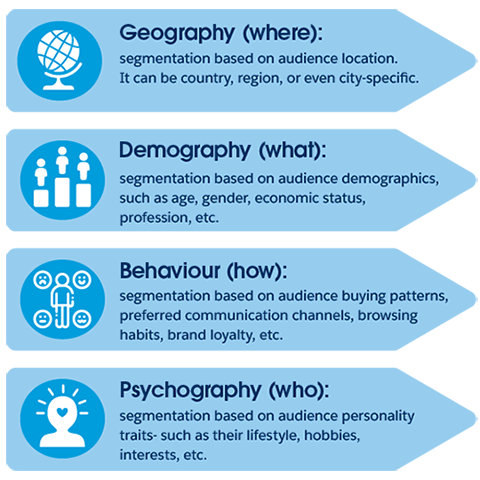
- Geographic segmentation involves categorizing your audience based on their location, such as country, region, state, or province.
- Demographic segmentation is the process of dividing your audience based on characteristics like age, gender, education level, occupation, and income.
- Behavioral segmentation, on the other hand, focuses on how customers engage with your business, considering factors like their purchasing habits, frequency of purchases, and browsing behavior.
- Lastly, psychographic segmentation involves segmenting your audience based on their personality traits, lifestyles, interests, hobbies, and opinions.
The goal of segmentation in the STP process is to identify distinct customer segments that have common needs, desires, or behaviors. It offers businesses several benefits:
- including increased customer satisfaction,
- better resource allocation,
- improved customer acquisition and retention rates,
- the ability to cater to specific market niches,
- it also helps businesses identify opportunities for product or service differentiation and market expansion.
Segmentation should be data-driven and based on research and product metrics framework analysis to ensure accuracy and effectiveness.
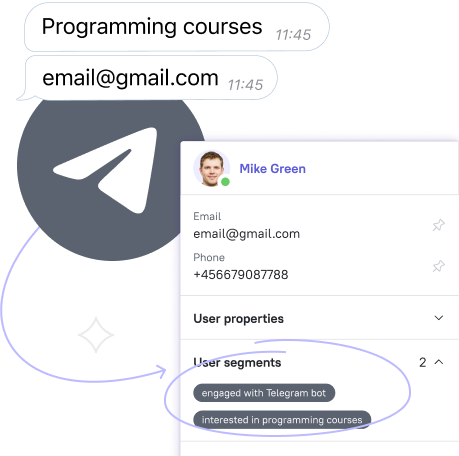
Collect user data and segment your customer communication with Dashly tools
Here is how we teach Dashly users to segment their target audience
Among the multiple approaches to client segmentation we prefer User Journey. It is based on actions customers make and customer interviews. By analyzing customer journeys, you can divide users into segments depending on what features they use, how active they are, and what difficulties they face most often.
How to apply the User Journey approach to segmentation:
- Collect user data and analyze them. To be able to segment users by their journeys, set up data collection on your website, or by particular triggers in the platform. Dashly clients segment leads within our platform by:
- events like “visited pricing page,” “subscribed,” “started onboarding,” etc.
- lead properties, for instance, UTM parameters, Geography, CRM, E-commerce, email, phone.
- tags — a special mark that you can add to a lead or a group of leads so you can easily find and segment them in the future, for example, “loyal” or “waiting for an update”.

- Build funnels with stages that customers go through in your product.
- Interview your customers to adjust data.
STP marketing segmentation example from Dashly growth marketing team:
Segment A: CMO and marketing managers within SaaS companies trying to improve the quality of their lead generation and conversion rate.
Segment B: Chiefs of the support department within SaaS companies trying to provide fast personalized customers assistance and save agent’s time.
Learn how to use segmentation for more powerful communication and higher conversions with Dashly

Read also: Your Growth Marketing Strategy Template with guide and examples
Targeting
The next step in the STP process in marketing is targeting. This is when you decide which segments created during segmentation are worth pursuing.
Here are the most popular criteria to consider when choosing your targetable segments:
- Size: Ensure your segments have enough potential customers for effective marketing.
- Difference: Look for measurable differences between segments to avoid duplicating efforts.
- Reachability: Make sure your segments are accessible to your sales and marketing teams without any complications.
- Profitability: Target segments with low-to-medium customer acquisition cost (CAC) and high returns.
- Benefits: Different segments are attracted to different benefits.
Sure thing, that’s far the end of all possible targeting criterias STP business uses:
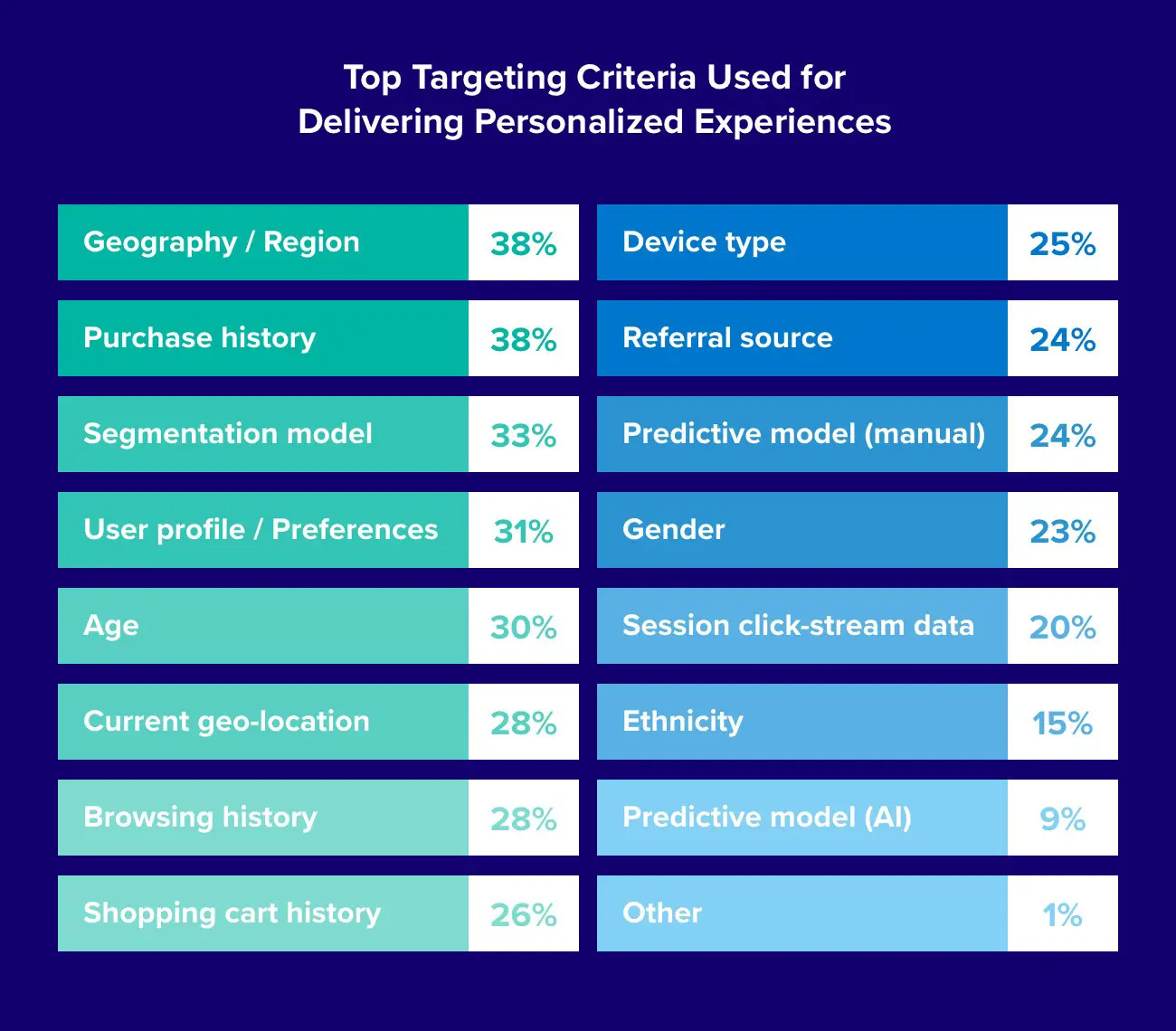
Having a comprehensive view of these segments in one place helps compare them and make informed decisions on which ones to prioritize.
Example of targeting within STP process in marketing:
In our previous example of support managers segment via research, we defined that 40% of CSOs within SaaS companies want ticketing system snd 60% of CSOs within SaaS companies are looking for a customer support automation tool that has integration with socials and messengers.
Due to the Dashly feature set, we’ll focused on the second segment.
Read also: 25 Growth Marketing Books to Skyrocket Success
Positioning
It is the final step in the STP process of marketing. Positioning involves creating a unique and compelling brand image in the minds of consumers within the targeted segments.
To establish a strong and favorable perception of the brand in the target audience’s mind, you should define the key attributes, benefits, and values that the brand offers to its target customers. These unique selling propositions (USPs) are then effectively communicated through marketing messages and brand experiences.
Here are three key factors in positioning that can give you a competitive advantage:
- Symbolic positioning: Elevate your customers’ self-image and sense of belonging. The luxury car industry illustrates this concept well; luxury cars not only serve a functional purpose but also enhance customers’ self-esteem and image.
- Functional positioning: Address your customers’ needs and provide them with tangible benefits. By solving their problems effectively, you can differentiate your product or service from competitors.
- Experiential positioning: Emphasize the emotional connection your customers have with your brand, product, or service. By creating memorable experiences and evoking positive emotions, you can forge a strong and lasting bond with your customers.
The most successful product positioning is a combination of all three factors. One way to visualize this is by creating a perceptual STP map for your industry. Focus on what is important for your customers and see where you and your competitors land on the map.

STP marketing examples
STP marketing is impossible without examples from famous brands that have utilized segmentation, targeting, and positioning strategies to create impactful products and gain a competitive edge.
We provided a short analysis of real-life cases to better understand the power of STP in marketing. So, let’s explore some STP marketing examples and grasp the immense potential of this strategy.
Here is a list of the market segmentation targeting and positioning examples from famous brands:
Apple segments its market based on various factors such as demographic (age and occupation), psychographic (lifestyle and values), and behavioral (technology usage and preferences). This STP example targets segments with innovative and high-quality products like iPhones, MacBooks, and Apple Watch.
Coca-Cola‘s STP marketing example is based on geographic, demographic, and psychographic segmentation. They target different segments with products like Coca-Cola Classic (general audience), Diet Coke (health-conscious consumers), and Coca-Cola Zero Sugar (young and active individuals).
Nike uses various segmentation variables like demographics (age, gender), psychographics (lifestyle, preferences), and behavioral (athletic activities, purchase history). This stp marketing example targets segments with specific products like running shoes, basketball shoes, and sportswear.
McDonald’s STP is a great example of a market segmentation based on demographics (age, income), psychographics (lifestyle), and behavioral (eating habits, preferences). They offer different menu items and promotions targeting segments like children (Happy Meals), health-conscious individuals (Salads), and budget-oriented consumers (Dollar Menu).
BMW segments its market based on demographics (income, age), psychographics (lifestyle, values), and behavioral (driving habits, preferences). This is a great example of targeting segment of luxury car enthusiasts with different models like the BMW 3 Series (entry-level luxury) and the BMW 7 Series (high-end luxury).
Airbnb uses geographic, demographic, psychographic, and behavioral factors to segment its market. They target segments such as travelers seeking unique accommodation experiences, budget-conscious individuals, and those looking for local and authentic stays.
These examples showcase how businesses employ the STP analysis to understand their target audience and tailor their products, services, and marketing messaging to specific segments.
Learn how to use segmentation for more powerful communication and higher conversions with Dashly

How to do STP: segmentation targeting and positioning strategy
stp marketing example
stp example
Inaccurate data collection, overlapping segments, changing customer behaviour, and limited resources are just few of challenges that businesses meet on the way to STP marketing implementation. Overcoming these stp strategy issues requires careful planning, data-driven decision-making, and continuous monitoring.
To help you, we collected the Dashly team experience in an ultimate segmentation, targeting, and positioning (STP) strategy.
Here is a step-by-step guide on how to do STP:
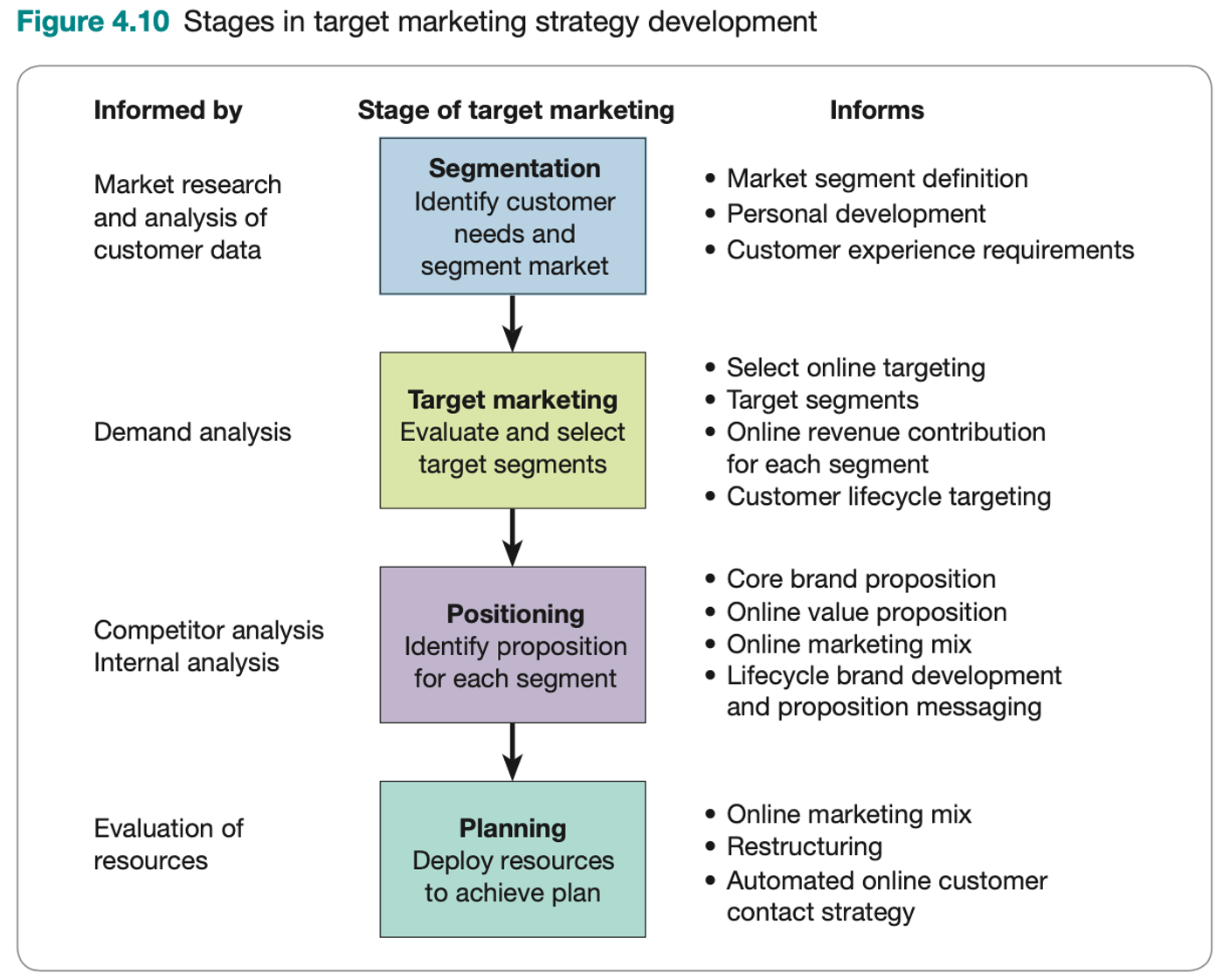
1. Understand the STP model
The first step in the STP framework process is to grasp the essential components and objectives of this marketing strategy. Segmentation focuses on dividing the market into distinct groups based on shared characteristics. Targeting involves selecting the most relevant segments to focus your marketing efforts on. Finally, positioning is about creating a unique brand identity that sets you apart from competitors.
2. Conduct market research
STP strategy requires gathering data and insights about your target market. Analyze demographic information, such as age, gender, education, and occupation. Understand the psychographics of your audience, including their personality traits, lifestyles, and opinions. Consider behavioral factors like how they interact with your business.
3. Segment your market
In order to develop an effective STP (Segmentation, Targeting, Positioning) marketing strategy, it is essential to utilize various segmentation variables such as geographical, demographic, behavioral, and psychographic factors.
By incorporating these segmentation variables together, you can hone in on specific niche segments within your target market, allowing for a more impactful marketing effort.
If you divide your serviceable obtainable market into men and women based on demographic variables, you still have a broad audience segment. However, by incorporating additional segmentation variables, you can create a more precise audience that will yield the greatest impact.
For example, you may choose to target women in the United States who have a preference for luxury products and demonstrate behavior such as following you on social media or visiting your website in the past. By applying the STP marketing model and incorporating these variables, you can effectively tailor your marketing campaigns to reach this specific audience.
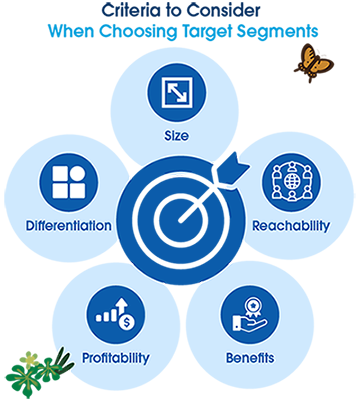
Thus, you can create a hyper-focused audience segment that will turn your STP marketing model into an extremely personalized experience.
4. Choose your target segments
Once you have segmented your market, evaluate each segment’s size, customer led growth rates, reachability, price sensitivity, profitability, and brand loyalty.
Here is an example of the STP marketing model for audience targeting evaluation:
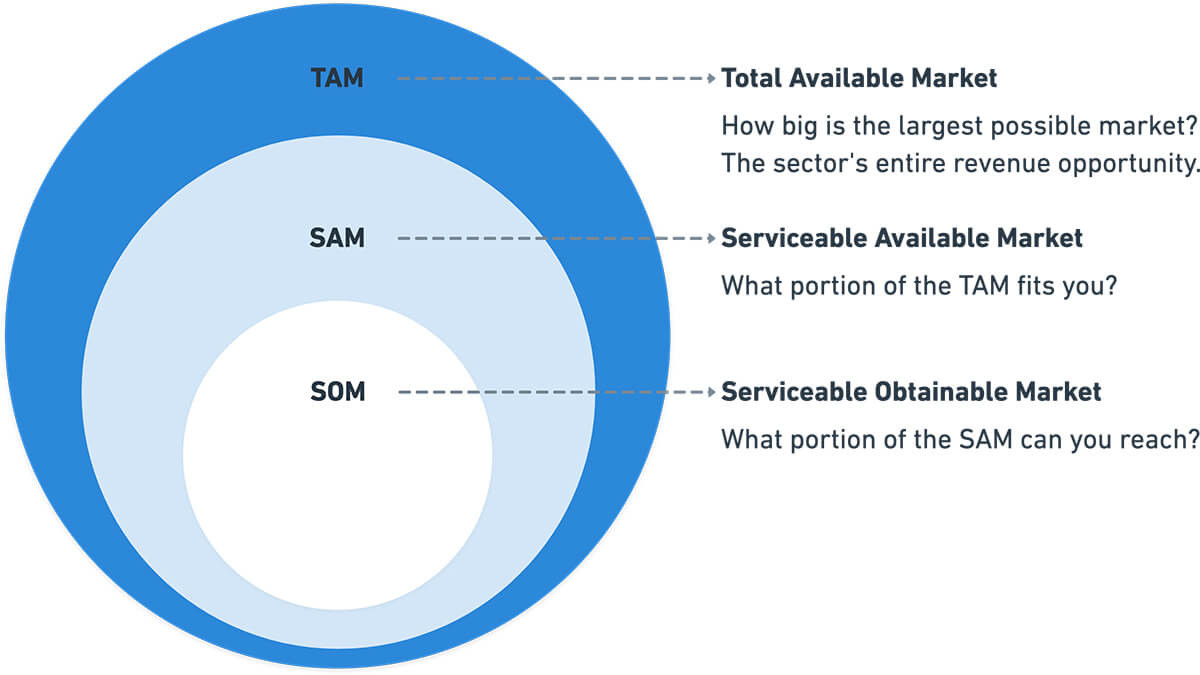
With this information, you will be able to evaluate the overall attractiveness of each segment in terms of dollar value. Select one or more target segments that align with your business objectives. These segments should represent a viable customer base and present opportunities for growth.
Learn how to use segmentation for more powerful communication and higher conversions

5. Position your brand
Positioning is all about creating a unique brand image that appeals to your target segments. You can follow any one or a mix of the following positioning strategies:
- Competitor-based positioning: Highlight areas where your products excel compared to your competitors, showcasing the unique advantages your offerings bring to the table.
- Consumer-based positioning: Emphasize how well your products meet the specific needs and desires of consumers. Align your brand with their preferences and position yourself as the ideal solution.
- Price-based positioning: Showcase competitive pricing that offers customers exceptional value for their money. Demonstrate that your products provide more benefits and features compared to the competition at a comparable price.
- Benefit-based positioning: Communicate the numerous benefits customers gain by purchasing your products — individually or when compared to competing options. Highlight advantages such as enhanced performance, efficiency, or convenience.
- Attribute-based positioning: Identify and emphasize the unique selling points or value propositions that make your brand stand out beyond its inherent benefits or pricing. Showcase characteristics like innovation, sustainability, design, or craftsmanship to create a distinctive position in the market.
- Prestige-based positioning: Position your products as a symbol of status and exclusivity. Showcase how purchasing and using your brand’s offerings elevate customers’ social status and appeal to individuals seeking prestigious and cutting-edge solutions.
Differentiate your brand by highlighting its unique attributes, benefits, and values. Craft marketing messages and communication strategies that effectively communicate your brand positioning to your target audience.
Read also: Secret collection of Growth Marketing Tools from Dashly experts
6. Determine a marketing mix
The last and final step in “how to do segmentation targeting and positioning” process is to actually implement your strategy. For that, you will need to determine a marketing mix that will support your positioning and help you reach the target audience (s) that you’ve chosen.
A marketing mix consists of the so-called 4 Ps:
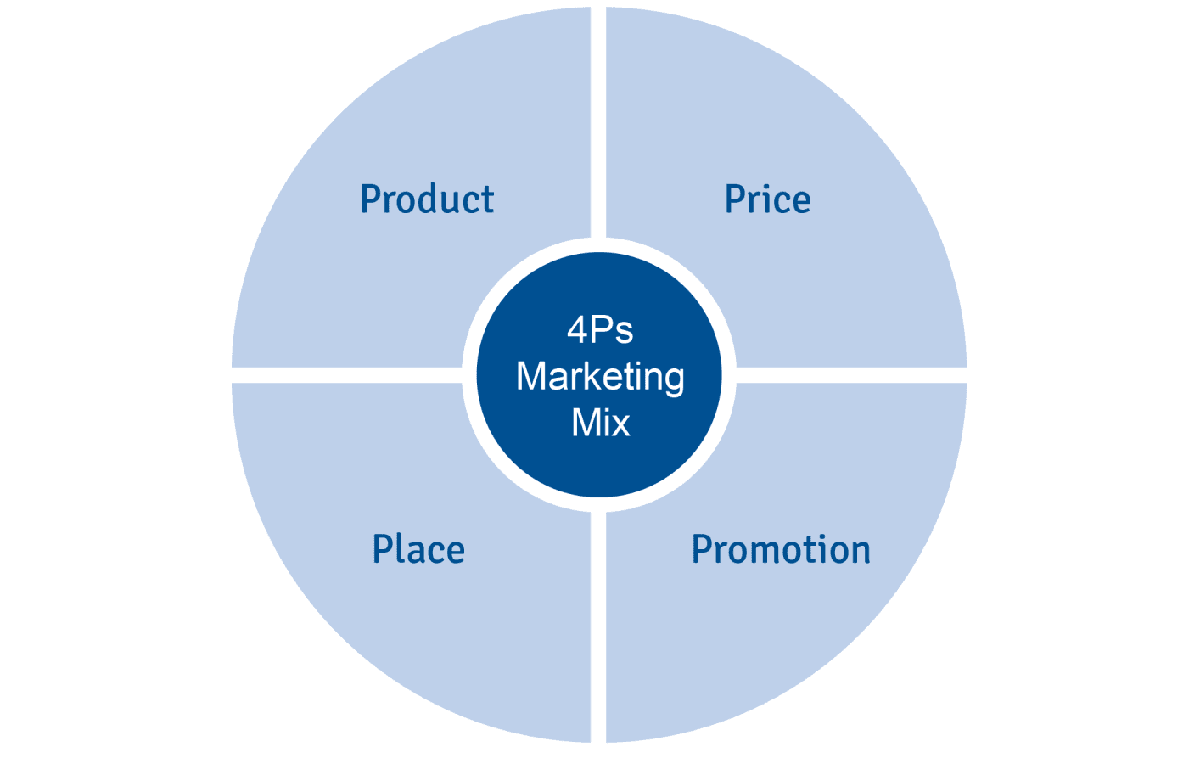
- Product takes into consideration factors like variety, quality, design, branding, features, packaging, services, availability, and convenience.
- Price takes into consideration factors like pricing strategy, list price, penetration price, premium, discounting, payment methods, credit terms, and payment period. Are your target audience segments price sensitive?
- Place takes into consideration factors like channels, coverage, location, inventory, logistics, and trade channels.
- Promotion takes into consideration factors like digital marketing, public relations, social media, sponsorship, influencer marketing, content marketing, product placement, sales promotion and marketing communications.
A carefully-curated marketing mix will ensure business success. However, if you do leave gaps in it, all the precious work you did at the previous stages might go to waste.
STP marketing case study examples
let’s flesh out the STP marketing examples with more depth in terms of audience segmentation and how these businesses target a specific segment:
1. HubSpot (SaaS Industry) STP model
Audience Segmentation: HubSpot has crafted a detailed segmentation strategy, which includes dividing their market based on the size of the businesses (small, mid-market, and enterprise), their level of marketing savviness, and their specific needs for CRM, sales, and marketing automation tools.
Targeting a Specific Segment: Focusing on the segment of small businesses that lacked a dedicated marketing team, HubSpot tailored its targeting strategy by promoting its simple user interface and comprehensive set of tools that could be managed without a specialized team. They amplified this approach with educational content that empowered these smaller businesses to efficiently manage their marketing campaigns, generate leads, and convert them to sales—all within HubSpot’s platform. This specific targeting effectively resonated with small business owners looking for a one-stop-shop solution that could scale with their growth.
2. Example of STP model from Warby Parker (E-Commerce Industry)
Audience Segmentation: Warby Parker segments its audience by demographic factors such as age and income levels, but also by lifestyle preferences, including individuals who are fashion-forward but also value-conscious.
Targeting a Specific Segment: Particularly, Warby Parker targets the millennial segment that is known for being style-conscious yet budget-savvy. They cater to this demographic through their Home Try-On program, which allows customers to select frames online and try them at home for free. This program specifically addresses millennials’ desire for convenience, their inclination to shop online, and their aversion to making purchasing decisions without a ‘try before you buy’ experience. Their targeted engaging social media campaigns and the emphasis on a socially responsible purchasing decision with the “Buy a Pair, Give a Pair” program echo the values of this segment.
3. Duolingo (EdTech Industry) STP example
Audience Segmentation: Duolingo’s segmentation includes age, motivation for learning a language (such as travel, education, or career advancement), and the level of language proficiency.
Targeting a Specific Segment: When Duolingo targets the segment of young professionals interested in learning a new language for career enhancement, the app’s positioning as a flexible, on-the-go learning tool comes into play. For this target segment, Duolingo highlights the ability to practice language skills in short, manageable lessons that fit into a busy lifestyle, and emphasizes the professional and personal benefits of being bilingual or multilingual. The app uses professional-related content and success stories as part of its nurturing process, directly appealing to the career growth aspirations of this segment.
These examples illustrate how specific audience segmentation can lead to precise targeting efforts. Each of these companies has mastered the art of not only identifying smaller, well-defined parts of the market but also effectively crafting their messaging and service offerings to meet the unique needs and preferences of these segments. This approach ensures that marketing efforts are not watered down but resonate deeply with the chosen segment, leading to better conversion rates and customer loyalty.
To sum up STP marketing model
The STP framework model is iterative, meaning you should continuously evaluate and refine your strategies. Monitor market changes, consumer behaviors, and competitors’ activities. Stay agile and adapt your segmentation, targeting, and positioning strategies accordingly.
By following these steps, you can effectively implement the segmentation, targeting, and positioning marketing strategy. Remember, thorough market research, careful segmentation, precise targeting, and strong brand positioning are key elements for success.
FAQ on STP marketing
What is a stp?
What is the stp? STP means for segmentation positioning and targeting. It is a strategic marketing approach that involves dividing a market into distinct segments, selecting the most appropriate target audience, and positioning a product or service in a way that resonates with that specific audience.
What is STP marketing
The answer to “what is segmentation, targeting, and positioning in marketing” lies in its definition. Stp meaning is based on a marketing model that redefines whom you market your products to, and how. It makes your marketing communications more focused, relevant, and personalised for your customers.
What does STP stand for in business
STP in business stands for Segmentation, Targeting, and Positioning. It is a strategic marketing model that involves breaking down a larger market into smaller, distinct segments (segmentation), selecting the most appropriate segment (s) to focus on (targeting), and creating a favorable perception of a product or brand in the minds of the target audience (positioning). By implementing an STP approach, businesses can more effectively understand and cater to the specific needs and preferences of their target customers.
Segmentation vs targeting
Market segmentation & targeting are parts of the STP marketing strategy. But theer is a difference:
👉 Segmentation involves dividing a larger market into smaller, distinct groups based on specific characteristics or variables.
👉 Targeting, on the other hand, is the process of selecting one or more of these segments as the focus of a marketing strategy. In short, segmentation is the act of dividing, while targeting is choosing which segments to prioritize and focus on.
What is stp marketing model
The STP model breaks down marketing strategy into Segmentation, Targeting, and Positioning. For instance, a classic example of the STP model is a fashion brand that segments by age, targets young adults, and positions with trendy styles. This approach tailors marketing efforts efficiently.
Benefits of STP marketing
- Tailored targeting: STP marketing allows businesses to focus on specific segments, delivering personalized messages for better engagement.
- Customer satisfaction: By understanding unique segment needs, businesses can create products/services that satisfy customers, leading to higher satisfaction levels.
- Competitive advantage: Effective positioning based on segment preferences helps businesses stand out and attract customers ahead of competitors.
- Resource optimization: this strategy ensures resources are allocated efficiently by focusing efforts on the most promising segments.
- Improved ROI: Targeting viable segments increases the likelihood of sales and profitability, resulting in a higher return on investment.
- Effective marketing: this model delivers more impactful messages by directly addressing segment needs and desires.
- Customer understanding: In-depth research and analysis of segments provide businesses with a deeper understanding of their target market.
- Market adaptation: quickly adapt to changing market conditions by staying aligned with evolving customer preferences.
Read also: A secret collection of growth marketing services Dashly team uses daily
Examples of stp branding
- Tesla‘s electric vehicles are positioned as luxury cars with a focus on sustainability and cutting-edge technology. This branding strategy has allowed Tesla to attract environmentally-conscious consumers, making it a leading brand in the electric vehicle industry.
- Dove targets segments of women who embrace natural beauty and body positivity. Their branding emphasizes inclusivity and self-acceptance, making Dove a trusted and empowering brand in the beauty industry.
- Spotify segments the music streaming market by targeting diverse music listeners. Their branding emphasizes personalized playlists, curated music recommendations, and convenience, positioning Spotify as a leading streaming platform.
Read also:
- Deep dive into growth marketing analytics with Dashly experts
- 22 SaaS growth hack Facebook tactics to boost your business
- Skyrocket your company revenue with a complete guide to RevOps Revenue Operations
- RevOps vs Sales Ops: know the difference
- RevOps tech stack: Guide to the best tools
- B2B growth marketing: accelerating business success
- Revenue operations metrics: 10 metrics and KPIs to track your performance
- Demand Generation vs Growth Marketing: Where to focus?
- Growth marketing vs performance marketing: what to choose for your business?
- Growth marketing newsletter: 18 expert digests for regular insights
- Product led growth metrics: 13 key indicators for SaaS companies to track
- PLG tools: Ultimate guide to the best instruments
- Benefits of Product led growth: 12 PLG benefits for your business
- Sales led growth: What is it and why your business needs it
- How to implement user tracking on website: guide, tactics, and tools
- Top 10 user activity monitoring tools: tracking features, price, cons and pros
- Top 20 best website tracking tools for effective work with visitors
![13 growth hacking examples tested by Dashly experts [+46 free templates]](https://www.dashly.io/blog/wp-content/uploads/2023/05/Growth-hacking-examples-to-inspire-your-team-720x317.png)
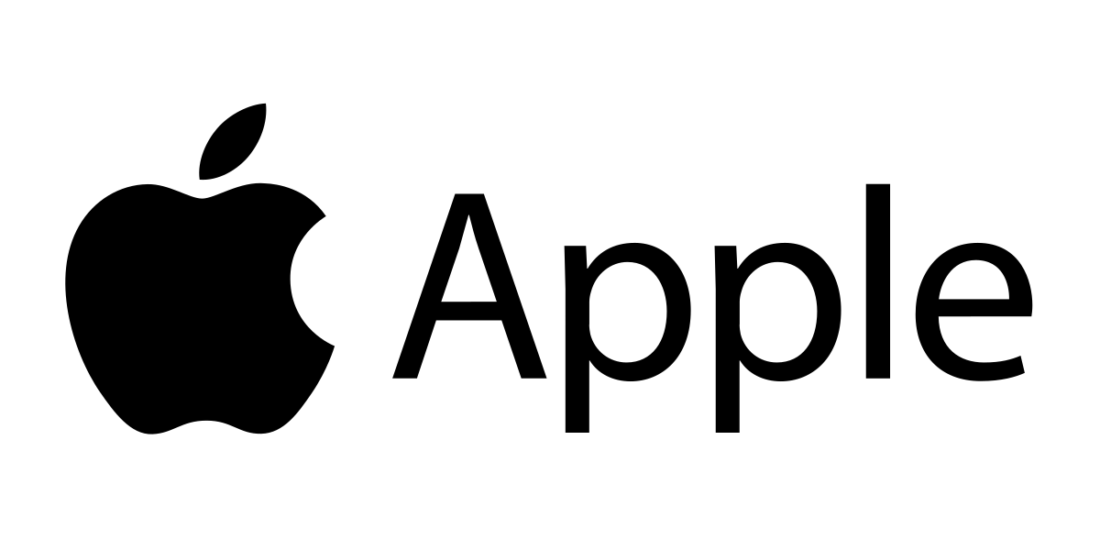
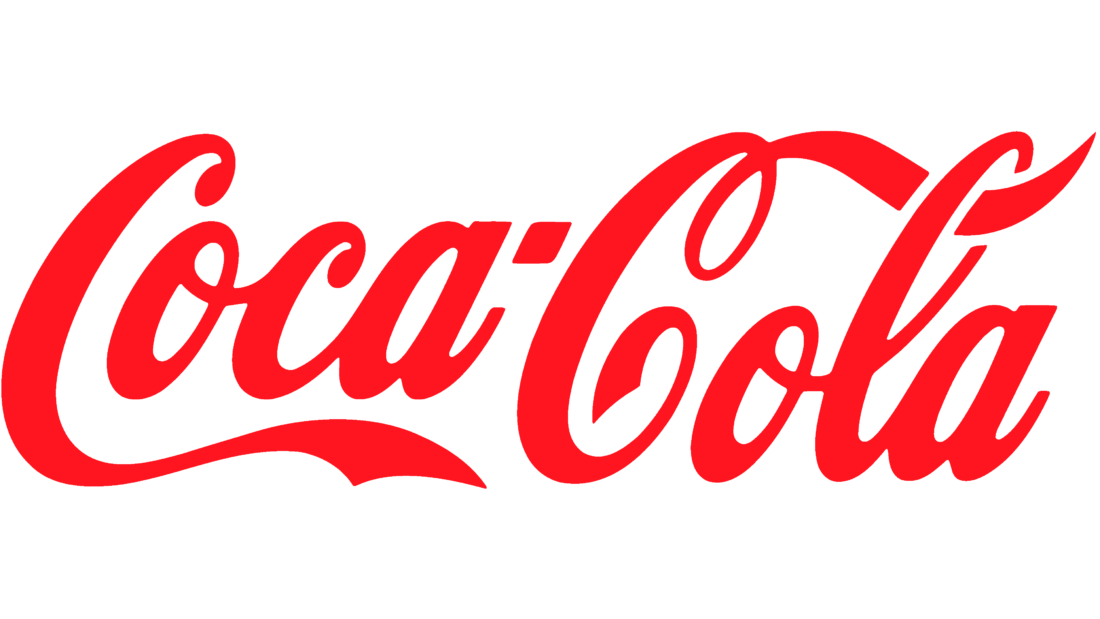
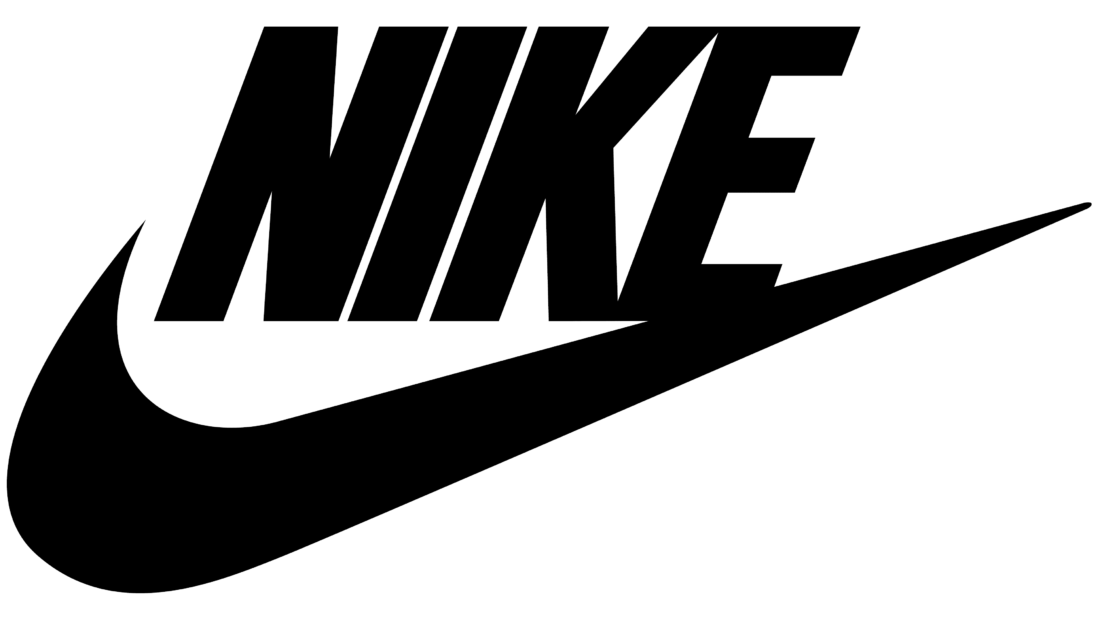



![Ultimate guide to creating a successful marketing growth strategy in 2025 [6 real-life examples]](https://www.dashly.io/blog/wp-content/uploads/2023/05/Expert-guide-to-creating-marketing-growth-strategy-6-examples-720x317.png)
![Build Ideal Customer Profile Like a Pro Even If You’re Not [3 Templates]](https://www.dashly.io/blog/wp-content/uploads/2021/03/ideal-customer-profile-4-720x308.jpg)




